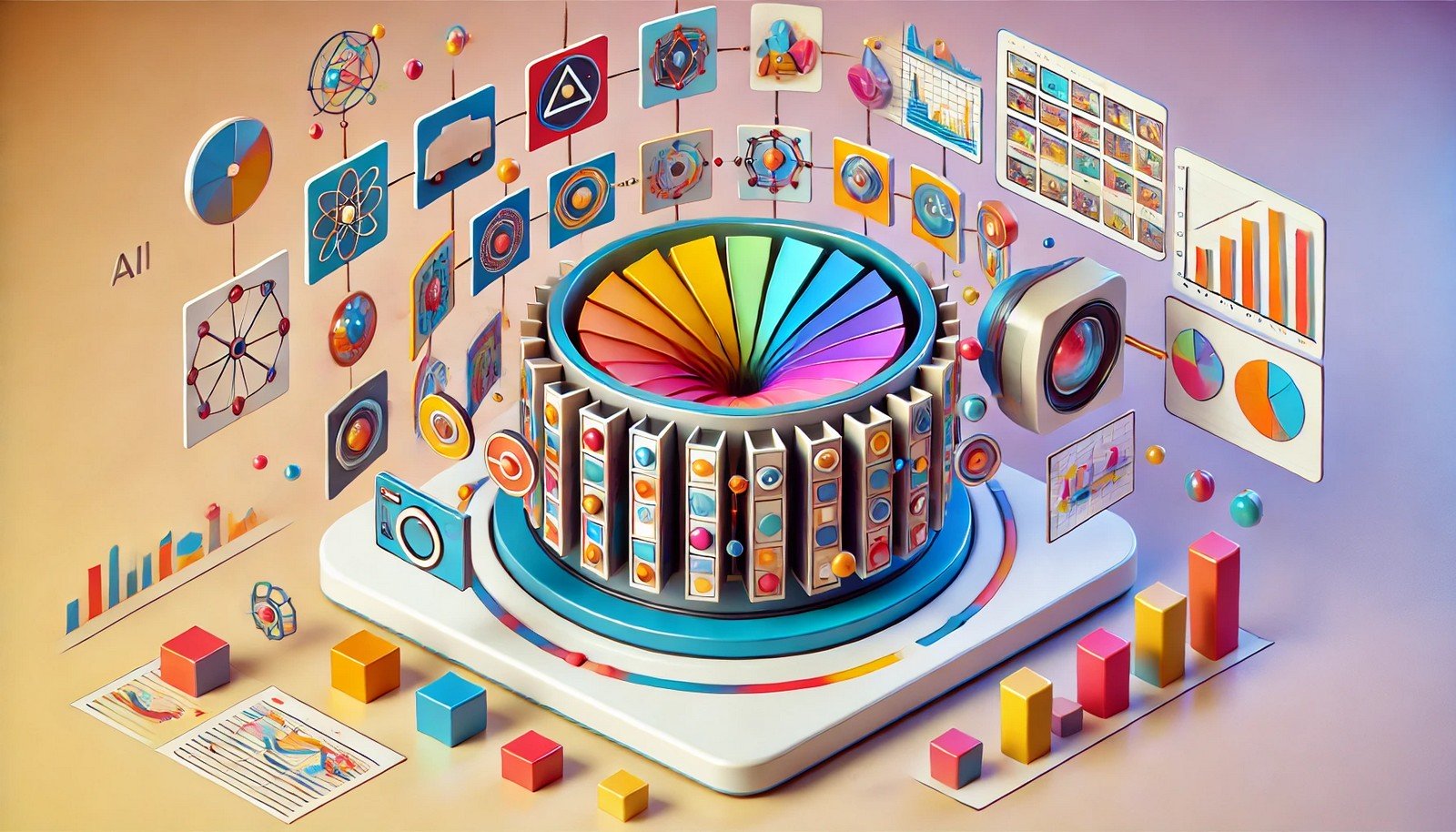Data Augmentation Techniques

Quick Navigation:
- Data Augmentation Techniques Definition
- Data Augmentation Techniques Explained Easy
- Data Augmentation Techniques Origin
- Data Augmentation Techniques Etymology
- Data Augmentation Techniques Usage Trends
- Data Augmentation Techniques Usage
- Data Augmentation Techniques Examples in Context
- Data Augmentation Techniques FAQ
- Data Augmentation Techniques Related Words
Data Augmentation Techniques Definition
Data Augmentation Techniques are methods used in machine learning and AI to artificially expand the size and diversity of a dataset. These techniques include transformations like rotating, flipping, or scaling images, adding noise, or even creating synthetic data. By diversifying training data, models become more robust and perform better on unseen data, reducing overfitting and improving accuracy. Commonly applied in image processing, NLP, and time series data, data augmentation is foundational for training deep learning models.
Data Augmentation Techniques Explained Easy
Think of a photo album that only has a few pictures. To help remember better, you could take each picture, flip it, change its colors, or add different lighting. This way, you feel like you have a lot more pictures, making it easier to remember everyone. Data Augmentation does something similar for computers, helping them learn better by “seeing” different versions of the same data.
Data Augmentation Techniques Origin
Data Augmentation emerged as a response to the need for large datasets in machine learning. As deep learning models became popular in the early 2010s, researchers started using augmentation techniques to address data scarcity and prevent overfitting. Advances in neural networks and AI software libraries contributed to the rapid adoption of these methods in diverse fields.
Data Augmentation Techniques Etymology
The term "Data Augmentation" combines "data," representing input for machine learning models, with "augmentation," meaning the process of increasing or enhancing something. Together, it signifies expanding the dataset.
Data Augmentation Techniques Usage Trends
Over the past decade, data augmentation has gained prominence in fields like computer vision, where models need large, diverse datasets for accuracy. Its use in NLP and audio processing has also grown as these fields adopt deep learning models. This trend reflects the importance of diverse training data for achieving reliable AI results, especially in industries like healthcare, autonomous driving, and augmented reality.
Data Augmentation Techniques Usage
- Formal/Technical Tagging:
- Machine Learning
- Data Science
- Neural Networks
- Deep Learning - Typical Collocations:
- "image data augmentation"
- "augmentation techniques in NLP"
- "synthetic data generation"
- "data augmentation for training models"
Data Augmentation Techniques Examples in Context
- In image recognition, rotating and flipping images can help the model recognize objects from different angles.
- In NLP, replacing words with synonyms creates new sentences, making models robust against varied language usage.
- In autonomous driving, generating synthetic images of rare weather conditions helps vehicles operate safely in diverse environments.
Data Augmentation Techniques FAQ
- What is data augmentation?
Data augmentation is the process of artificially expanding a dataset to improve model training and accuracy. - Why is data augmentation important in machine learning?
It helps create diverse datasets, reducing overfitting and making models generalize better. - What are common data augmentation techniques in image processing?
Techniques include flipping, rotating, cropping, scaling, and color adjustments. - Can data augmentation be used in NLP?
Yes, NLP techniques include synonym replacement, sentence shuffling, and random word insertion. - How does data augmentation prevent overfitting?
By providing varied data, it prevents models from becoming too reliant on specific features. - What is synthetic data in data augmentation?
Synthetic data is generated artificially, often to simulate rare or difficult-to-obtain conditions. - Are data augmentation techniques applicable in real-time AI?
Yes, but efficient processing methods are required to apply transformations quickly. - Is data augmentation essential for deep learning?
While not always essential, it significantly enhances performance by providing more training data. - What industries use data augmentation?
Fields like healthcare, autonomous driving, and retail leverage augmentation to improve AI accuracy. - Can data augmentation be used with time-series data?
Yes, techniques include window slicing, adding noise, and temporal transformations.
Data Augmentation Techniques Related Words
- Categories/Topics:
- Machine Learning
- Data Science
- Neural Networks
- Synthetic Data Generation
Did you know?
Data Augmentation plays a critical role in medical AI. By creating synthetic medical images, researchers can train models to detect rare conditions with minimal real-world data, greatly enhancing diagnostic accuracy.
PicDictionary.com is an online dictionary in pictures. If you have questions or suggestions, please reach out to us on WhatsApp or Twitter.Authors | Arjun Vishnu | @ArjunAndVishnu

I am Vishnu. I like AI, Linux, Single Board Computers, and Cloud Computing. I create the web & video content, and I also write for popular websites.
My younger brother, Arjun handles image & video editing. Together, we run a YouTube Channel that's focused on reviewing gadgets and explaining technology.



Comments powered by CComment